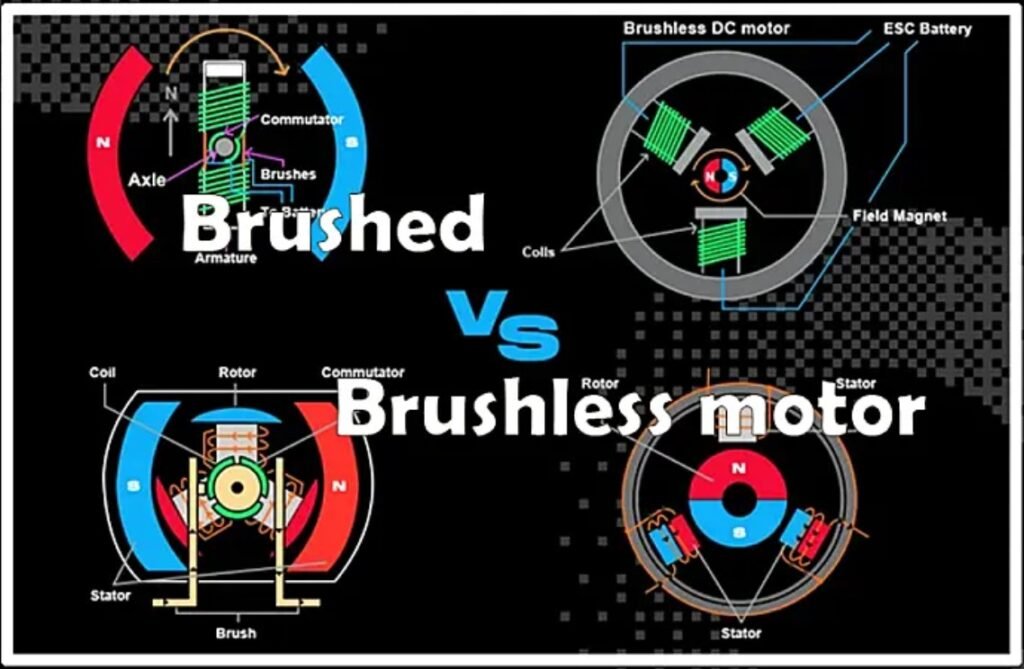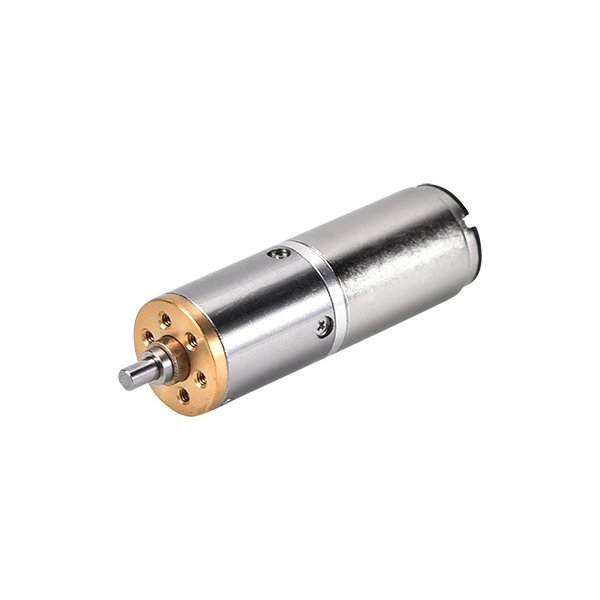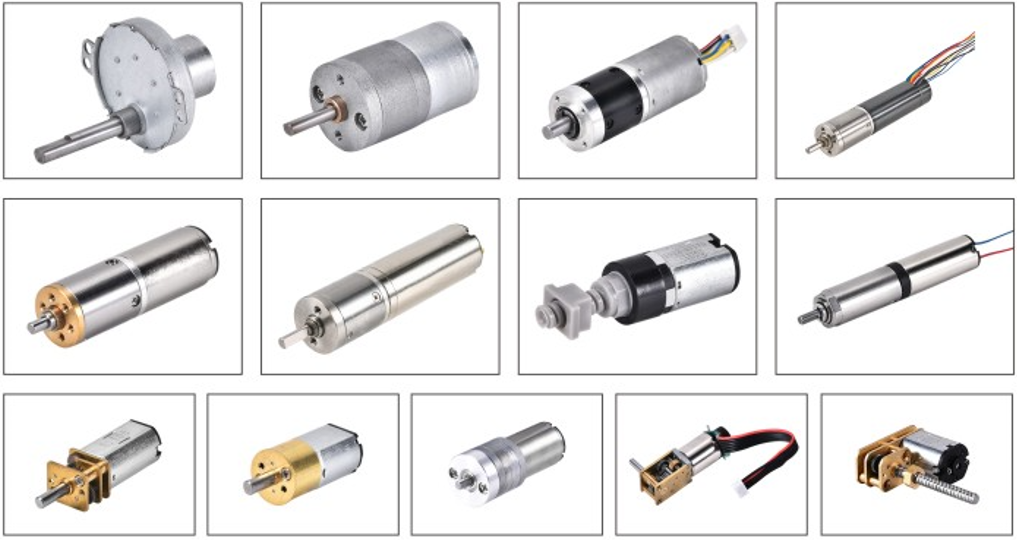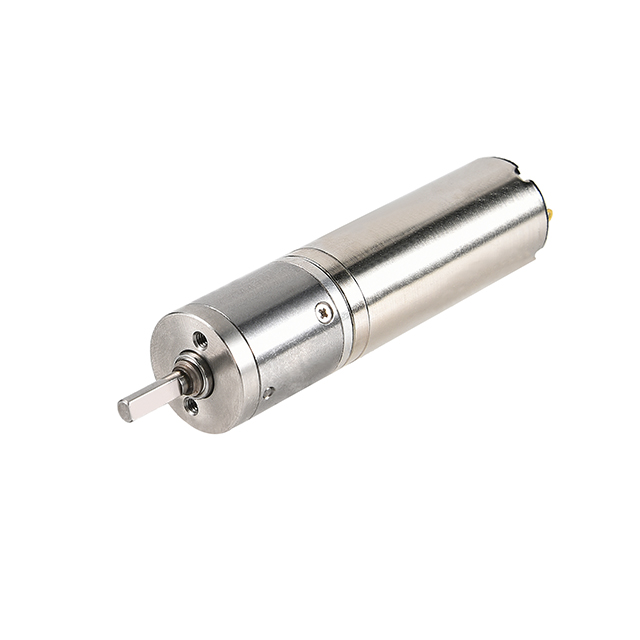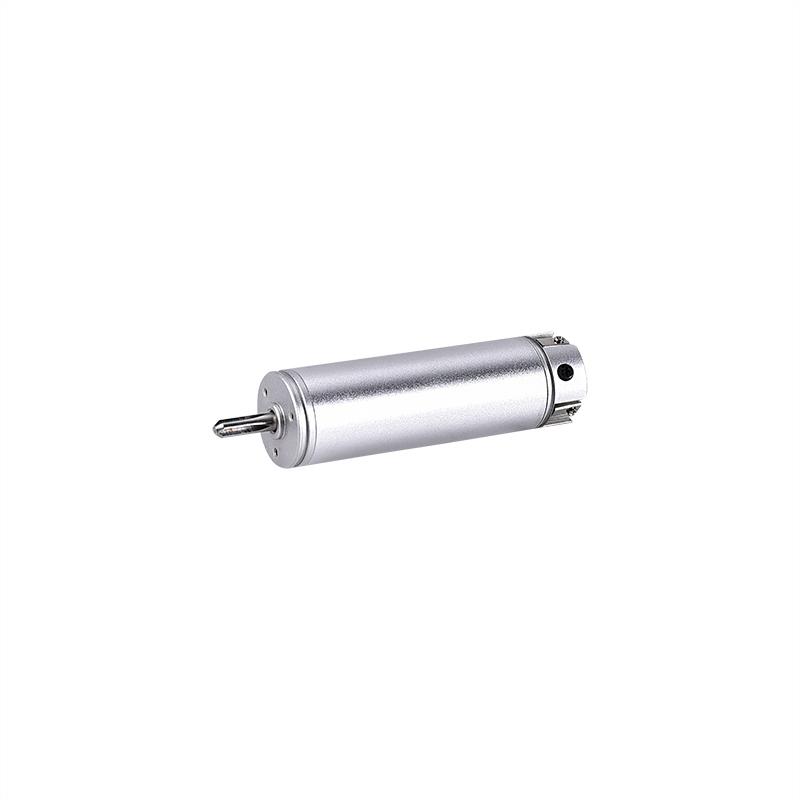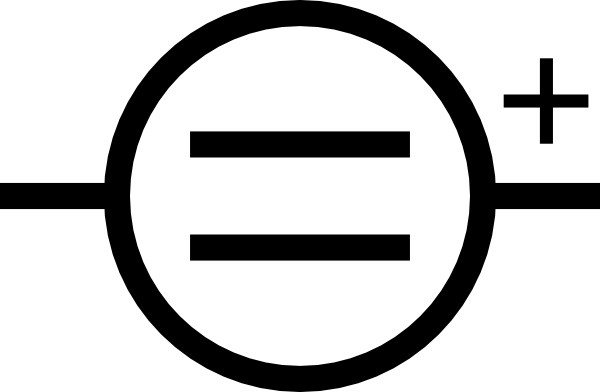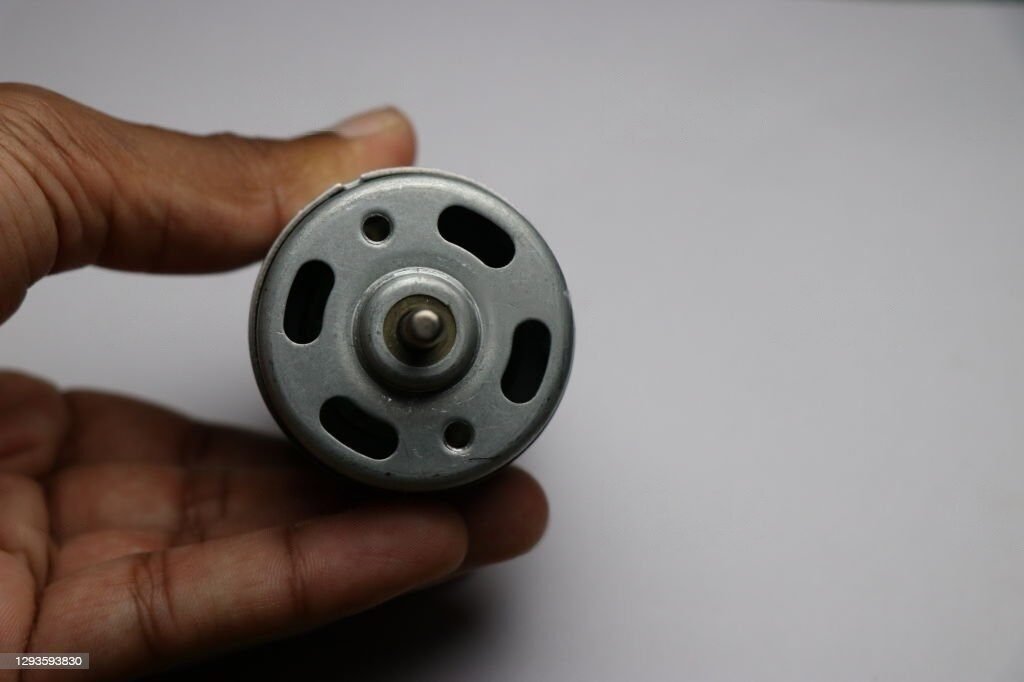Have you ever thought about why some electric motors last longer or are quieter in your favorite devices? The main reason is how they work inside. A brushless electric motor uses electronics to move. A traditional motor uses brushes that can wear out. You can see the main differences below:
Feature | Brushed Motor | Brushless Motor |
|---|---|---|
Efficiency | Moderate | High |
Maintenance | Regular | Low |
Noise & Vibration | Medium | Low |
Safety | Sparks possible | No sparks |
If you want a motor that is easy to take care of and is quiet, you might pick a brushless one for your next project.
Key Takeaways
Brushless motors last longer. They need less care because they do not have brushes that wear out. They are quieter and cooler. This makes them safer. They are better for things that need smooth and quiet work. Brushless motors use electronics to control power. This makes them work better. They give better speed and torque control. These motors save energy. They work well in many things like drones, electric cars, and home appliances. Brushless motors cost more at first. But they save money later by needing fewer repairs and using less energy.
Key Differences
Design
Electric motors are built in different ways. Brushed motors have brushes and a commutator. These parts send electricity to the spinning part. Brushless motors do not use brushes. They use electronic controllers to move electricity. This design change affects how the motors work and how long they last.
Here is a table that shows the main design differences:
Component | Brushed Motor | Brushless Motor |
|---|---|---|
Commutation | Mechanical (carbon brushes + commutator) | Electronic (controller + sensors) |
Rotor | Armature windings (electromagnetic core) | Permanent magnets |
Stator | Permanent magnets | Stator windings (coils) |
Brushes | Present (carbon or graphite) | Absent |
Sensors | Optional | Required (Hall effect sensors) or sensorless |
Brushless electric motors have fewer moving parts. This means there are fewer things that can break. The rotor uses permanent magnets. The stator has coils. This helps the motor work better. It also means the motor is stronger and needs less care.
Tip: Pick a brushless motor if you want it to last longer and need less fixing.
Operation
These motors work in different ways. Brushed motors use brushes and a commutator to switch the current. This makes friction, sparks, and noise. The brushes wear out over time. You will need to replace them.
Brushless electric motors use electronic commutation. Sensors or circuits control the electricity. There are no brushes, so there is no friction or sparks. The motor runs quietly and smoothly. You can also control the speed and torque better.
Brushed motors need more care because the brushes wear out.
Brushless motors need very little care.
Brushed motors are louder and can cause electrical problems.
Brushless motors are quiet and work well.
Brushless motors let you control movement very well, which is good for devices that need smooth action.
You will find brushless electric motors in places where quiet, strong, and efficient motors are needed most.
How Brushless Motors Work Commutators
When you look inside electric motors, you see commutators are important. In a brushed motor, the commutator is a moving part. Brushes touch the spinning part of the motor. This touch changes the flow of electricity. It makes the motor spin. The brushes wear out after some time. You will need to replace them.
A brushless motor works in another way. It does not have a moving commutator or brushes. It uses an electronic controller instead. The controller changes the current in the coils. It does this by knowing where the rotor is. The motor runs smoother and better. There is no friction from brushes.
Here is a table that shows what changes when you use a brushless motor instead of a brushed one:
Aspect | Brushed Motors (Mechanical Commutation) | Brushless Motors (Electronic Commutation) |
|---|---|---|
Commutator Type | Mechanical commutator with brushes physically contacting rotor segments | No mechanical commutator; uses electronic switching |
Current Switching | Brushes transfer current to rotor coils via physical contact | External controller switches current in stator windings based on sensors |
Rotor and Stator Fields | Rotor contains windings; stator usually permanent magnets | Rotor contains permanent magnets; stator contains windings |
Commutation Control | Mechanical switching via brushes and commutator segments | Electronic control using rotor position sensors and switching circuits |
Maintenance | Brushes wear out due to physical contact, requiring maintenance | Less maintenance due to absence of brushes |
Efficiency and Lifespan | Lower efficiency and shorter lifespan due to brush friction and wear | Higher efficiency and longer lifespan due to electronic commutation |
You can see a brushless motor needs less care. It stays cooler and lasts longer. The electronic controller helps the motor be more exact and quiet. You do not have to worry about sparks or worn brushes.
Common Uses
You find brushless motors in many things that need to work well and stay quiet. These motors are in drones, computer fans, and electric cars. They are also in power tools and some home machines. Brushless motors are good for things that run for a long time. If you want a motor that is strong and works well, a brushless motor is a great pick.
Brushless Electric Motor Basics
Electronic Commutation
A brushless electric motor works differently than a traditional motor. It does not use brushes or a commutator. Instead, it uses an electronic controller. The controller is like the motor’s brain. It tells the coils when to get power and how much.
The controller checks where the rotor is by using sensors or by reading the back EMF, which is a feedback signal.
It turns the current on and off in the stator windings in a special order called a six-step sequence.
The controller uses pulse-width modulation (PWM) to change the speed by changing the voltage.
This gives you very good control over speed, direction, and torque.
Note: The electronic controller does the job that brushes and commutators used to do. You do not have to worry about parts wearing out from rubbing together.
The coils are on the stator, which does not move. The rotor spins and holds the permanent magnets. This setup lets the controller move the magnetic field with electronics. The motor spins smoothly and works well.
Here is a simple table to show the main design differences:
Motor Type | Coil Placement | Magnet Placement | Commutation Method |
|---|---|---|---|
Brushed Motor | On the rotor | On the stator | Mechanical brushes and commutator |
Brushless Motor | On the stator | On the rotor | Electronic commutation |
No Brushes
A brushless electric motor does not have any brushes. You do not need to replace or clean brushes. This makes things easier for you. No brushes means less friction and less heat. The motor lasts longer and runs more quietly.
You will spend less time and money fixing the motor.
The motor stays cooler, so it is safer and works better.
You will hear less noise and the motor runs smoother.
Feature | Brushed Motors | Brushless Motors |
|---|---|---|
Maintenance Needs | Brushes and commutator wear out and need regular fixing and cleaning. | No brushes, so you do not need much maintenance. |
Heat and Friction | Brushes cause friction and heat, which wastes energy and wears out parts. | Less heat because there are no brushes, so the motor works better and lasts longer. |
Lifespan | Shorter because brushes wear out and heat can damage parts. | Longer because there are no brushes to wear out. |
Cost | Cheaper at first but costs more to fix later. | Costs more at first but is cheaper to keep running over time. |
Tip: If you want a motor that is quiet, efficient, and easy to take care of, a brushless electric motor is a great choice.
You will see brushless motors in many new devices. They are popular because they work well, need little care, and are quiet. The electronic controller and special design make them a top pick for many jobs.
Brushless DC Motors vs Brushed Motors
When you look at brushless dc motors and brushed motors, you can see they are different. They work in their own ways and give you different things. This part explains how they are not the same in efficiency, how long they last, how much care they need, how loud they are, and how well you can control them.
Efficiency
Brushless dc motors use less electricity to make more power. In factories, these motors can be 85% to 90% efficient. This means almost all the energy you use turns into work. Brushed motors are only about 75% to 80% efficient. The main reason is easy to understand. Brushless dc motors do not have brushes or commutators. This means less energy is lost as heat or friction. These motors stay cooler and waste less power.
Brushless dc motors are also lighter for the same power. They use strong magnets and are small. You get more power in a smaller motor. This is good for drones, electric cars, and other things where weight matters.
Tip: Pick a brushless dc motor if you want to save energy and get more power in a small size.
Durability
You want your motor to last a long time. Brushed motors have parts that wear out, like brushes and commutators. These parts make the motor stop working sooner. Most brushed motors last from 1,000 to 5,000 hours. How long they last depends on how you use and care for them.
Brushless dc motors do not have brushes or commutators. The main part that wears out is the bearing. Because of this, these motors can last for tens of thousands of hours. They last longer and break down less.
Motor Type | Typical Service Life (hours) | Main Limiting Factor | Notes |
|---|---|---|---|
Brushed DC Motors | 1,000 to 5,000 | Brush and commutator wear | Life depends on use and care; lower efficiency |
Brushless DC Motors | Tens of thousands | Bearing wear | No brushes or commutators; higher efficiency |
You can trust brushless dc motors for jobs that need to run a long time and need to work well.
Maintenance
Brushed motors need you to check and change the brushes often. You also need to clean the commutator sometimes. If you do not do this, the motor can break early. Some motors let you change the brushes easily. Others do not, so fixing them takes more time and work.
Brushless dc motors almost never need regular care. You do not have to worry about brushes or commutators. The only thing you might need to check is the bearing, and it lasts a long time. You save time and money because you do not have to stop and fix the motor often.
Brushed motors: You must change brushes and check the commutator.
Brushless dc motors: You only need to check the bearing sometimes.
Note: In businesses, less maintenance means less stopping and more work done.
Noise
Noise can be a problem, especially if you want things quiet. Brushed motors make noise because the brushes rub on the commutator. This rubbing makes friction, sparks, and a scraping sound. A brushed motor running hard can be about 65 decibels.
Brushless dc motors are much quieter. They do not have brushes, so there is less friction and almost no sparks. A brushless dc motor of the same size can be about 45 decibels. Some are even quieter. This makes them great for medical tools, electronics, and other quiet places.
Brushless dc motors: They are quieter, shake less, and make less electrical noise.
Brushed motors: They are louder, shake more, and can cause more problems.
You will notice the difference if you use a brushless electric motor in a quiet room or a device that needs to be silent.
Control
You can control brushless dc motors better. They use electronic controllers to set speed, direction, and force. The controller checks where the rotor is and changes the current in the coils. This gives you smooth and exact movement.
Brushed motors use a simple way to work. The brushes and commutator switch the current. You can change the speed with a simple circuit, but you do not get as much control or smoothness.
Aspect | Brushless DC Motor Controllers (BLDC) | Brushed DC Motor Controllers (BDC) |
|---|---|---|
Switching Circuit | Multiple half-H bridge circuits (one per phase) | Single H-bridge circuit |
Commutation Method | Electronic commutation based on rotor position | Mechanical commutation via brushes and commutator |
Rotor Position Sensing | Required (sensors or back EMF) | Optional |
Control Complexity | More complex, advanced algorithms possible | Simpler, mainly PWM for speed control |
Feedback Control | Closed-loop control common | Open-loop or simple closed-loop |
You need an electronic controller for a brushless dc motor. This makes the first cost higher. Brushed motors cost less at first because they do not need fancy electronics. Over time, brushless dc motors save you money because they use less power and need less fixing.
Note: Brushless dc motors cost more at the start, but they work better, last longer, and need less care.
Applications of Brushless Motor
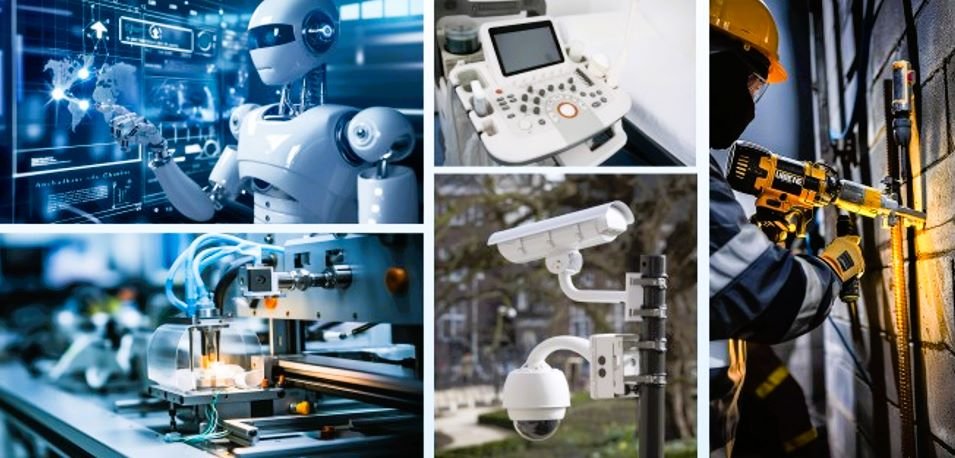
Everyday Devices
You can find electric motors in many things at home and work. A brushless motor helps these things run quieter and last longer. Many home appliances now use brushless motors instead of old ones. This switch saves energy and means you fix them less.
Here is a table that shows where brushless motors are used and why they are good:
Common Everyday Devices Using Brushless Motors | Advantages in These Applications |
|---|---|
Household appliances (washing machines, refrigerators, air conditioners, electric fans) | Quieter operation, energy efficiency, longer life, less maintenance |
Cordless power tools | Greater power, longer battery life, less maintenance |
Drones | Better maneuvering, enhanced precision and responsiveness |
Robotics | Accurate positioning, smooth motion, precise control |
Electric vehicles | High torque, energy efficiency, low maintenance, compact size |
Precision devices (hard drives, DVD players) | Long life, low maintenance, precise disk rotation |
Brushless motors are in air conditioners, fridges, and fans. These motors make less noise and use less power. Cordless tools work harder and last longer with brushless motors. Drones and robots use them for smooth and exact moves. Even your computer’s hard drive may have a brushless motor for quiet spinning.
Note: Brushless motors in home appliances can last up to 10 years or more. Brushed motors may only last 2-3 years. You also spend less on repairs and save on energy bills.
Performance Uses
Brushless motors are great for high-performance jobs. You see them in electric cars, robots, and factory machines. These motors give more power, better control, and last longer. They also help save energy and stop machines from breaking down.
Electric cars use brushless motors for better efficiency and longer trips. Regenerative braking helps save battery power.
Robots need brushless motors for exact moves and quiet work. You get good control and less fixing.
Factory machines use brushless motors for fast and steady work. These motors help factories run well.
Medical machines use brushless motors for quiet and safe work. Things like ventilators and surgery tools need them.
Some simple and cheap things still use brushed motors. Toys, power windows, and some tools use brushed motors because they cost less and are easy to use. If you need strong starting power or only use the motor sometimes, a brushed motor might be best.
Tip: Pick a brushless motor if you want quiet, efficient, and long-lasting work. For simple or cheap needs, a brushed motor might be enough.
Brushless motors are special because they last longer. They also run more quietly and need less fixing than brushed motors. Think about what is most important for your project.
Brushed motors cost less when you buy them.
Brushless motors give you more power and better control.
Brushless motors do not need much fixing.
Factor | Brushed Motor | Brushless Motor |
|---|---|---|
Lifespan | Shorter | Longer |
Efficiency | Lower | Higher |
Upfront Cost | Lower | Higher |
You will see more brushless motors in new devices as technology gets better. Pick the motor that works best for what you need.
FAQ
What is a brushless electric motor?
A brushless electric motor uses electronics to control how it moves. There are no brushes inside the motor. It spins by using magnets and coils. This makes the motor last longer. It also helps the motor run more quietly.
What makes brushless motors more efficient than brushed motors?
Brushless motors are more efficient because they do not have brushes. Brushes cause friction and waste energy. The electronic controller switches power smoothly. This means less energy is lost as heat. More power goes to your device.
What devices use brushless motors?
Brushless motors are found in drones, electric cars, and power tools. They are also in home appliances. These motors are good for things that need to be quiet. They last a long time and work efficiently.
What maintenance do brushless motors need?
You do not need to replace brushes or clean commutators. You only need to check the bearings sometimes. This saves you time and money on repairs.
